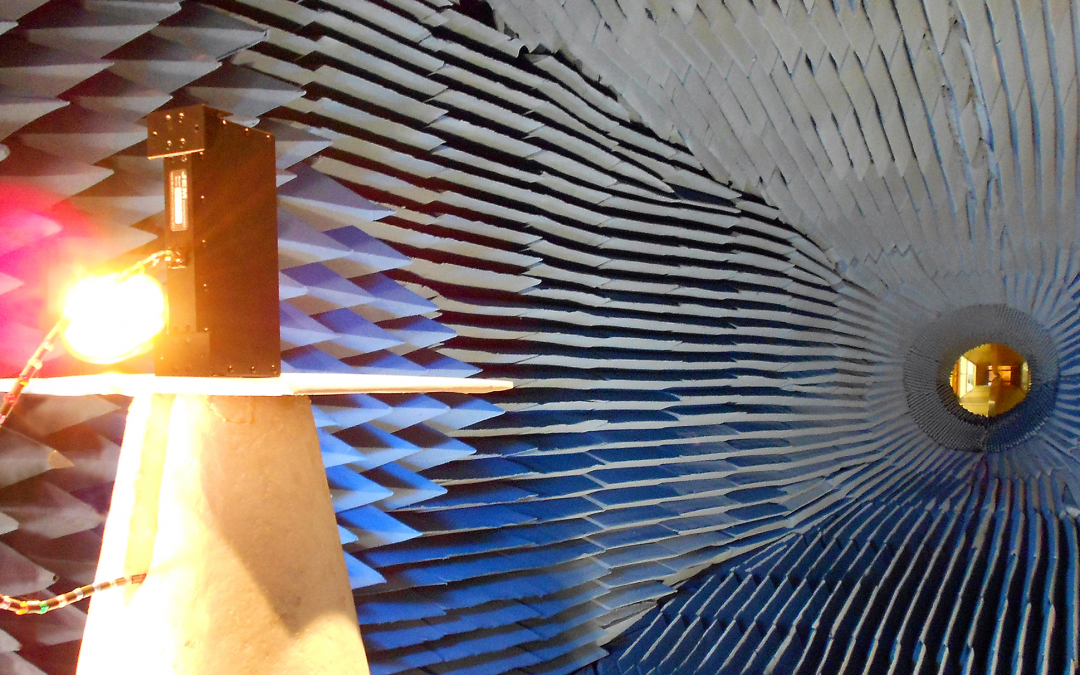Antenna Development & Environmental Testing
February 2020
Antenna environmental testing is a crucial part of its qualification. Depending on which application(s) an antenna is to be used for, the environmental qualification standards for which it has to pass will vary.
JEM Engineering qualifies both our own and our customers’ antenna products in a number of ways, including testing them in at least one of our in-house chambers. Both the Tapered Antenna Test Facility (TATF) and the Spherical Near-Field (SNF) chambers perform a number of measurements at varying frequencies. While these measurements indicate an antenna’s RF capabilities, the antenna is not fully qualified until it is rugged enough for long-term practical use.
Each of JEM’s qualified antennas is a product of a collaborative effort between both electrical and mechanical engineers.
For example, the electrical engineer designs the printed circuit boards (PCBs) and various radio frequency components, whereas the mechanical engineer designs the product’s housing, as well as additional internal components that would allow the unit to withstand various environmental conditions. Additionally, the RF test technicians collect quantitative information pertaining to the antenna’s electrical design, while the mechanical engineer must put the unit through rigorous environmental testing, including shock, vibration, heat, immersion, humidity, chemicals, wind, and frost.
There are a number of different standards by which an environmental test may be performed, but because JEM Engineering is a contractor for the United States Department of Defense, we adhere by defense (or “military”) standard, also known as “MIL-SPEC.” While JEM Engineering does not have the capability to perform environmental testing in-house, we work closely with our trusted partners, who handle our required MIL-SPEC tests once we’ve designed and built any necessary fixturing for them.
MIL-SPEC environmental tests are classified by codes. For example, MIL-STD-810 Method 516 measures shock, at values ranging from as low as 20G’s to as high as 75G’s. Similarly, MIL-STD-810 Method 514 denotes a vibration test. Some tests take into account a combination of atmospheric factors. An example of this is MIL-STD-810 Method 520, which involves quantifying the temperature, altitude, humidity, and vibration a product can withstand.
Lastly, for a general overview on what processes are involved in qualifying antennas, you may refer to our blog post, The Makings of a Reliable Antenna.
Latest Posts

Which Testing Chamber? TATF vs. SNF
JEM Engineering boasts two antenna testing chambers at our facility in Laurel, MD, within easy reach of both Baltimore and Washington DC.

STEM with JEM
Did you know that National STEM Day falls on the 8th of November each year? That’s because the abbreviation “NOV8” actually stands for “INNOVATE.”
